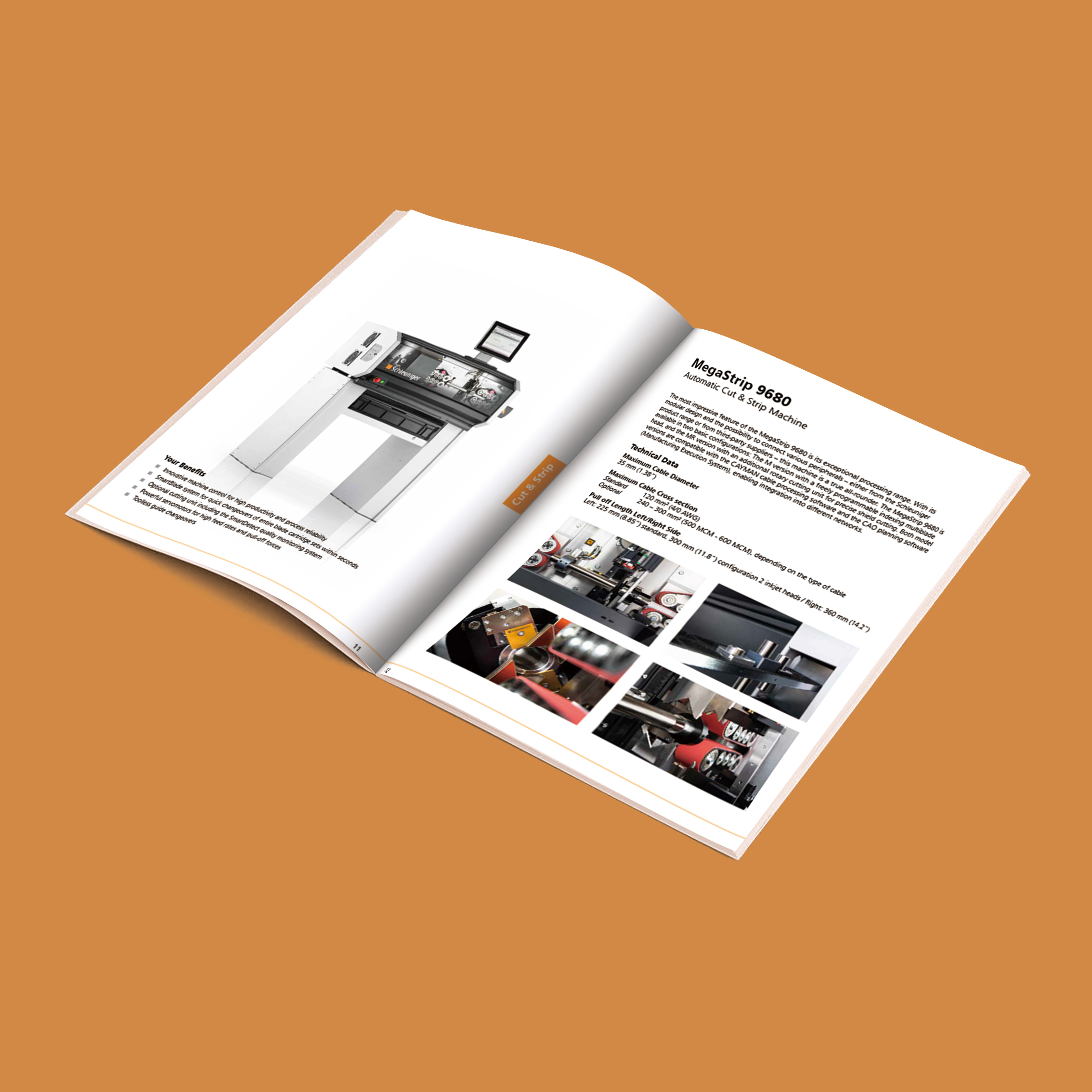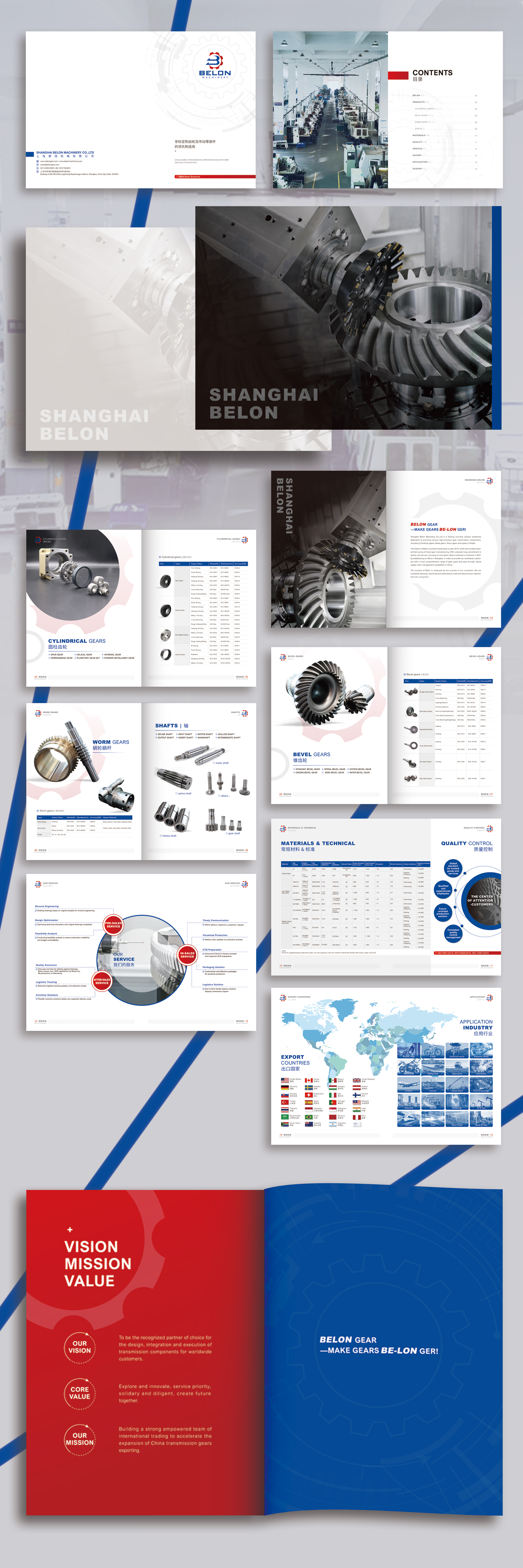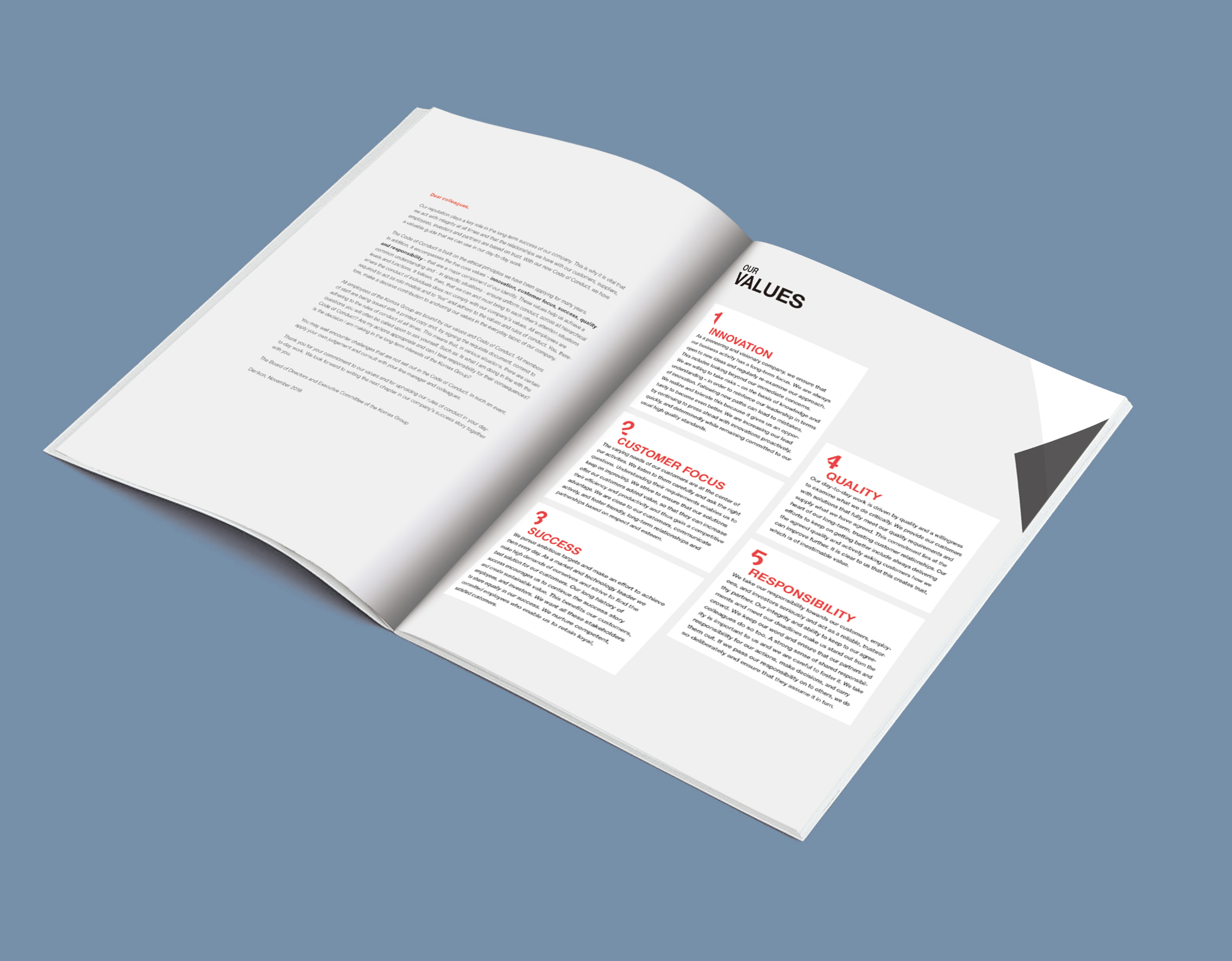Printing Design Supplier Game Theory: Three Cooperation Modes Eat Industry Dividend Cycle
Are you still lowering prices and grabbing orders with printing houses and design companies? Wake up! Fighting alone is chronic suicide these days. Today, let's not talk about emptiness, let's talk about the "survival game" in the printing design industry-how to use three smart ways to turn the "involution battlefield" in the eyes of others into your "bonus gold mine". Understand this set of game theory, and orders and profits will come to your door!
Fight in the Red Sea: The Prisoner's Dilemma of Zero-Sum Games
Have you ever seen a scene like this? The customer took the design draft to inquire everywhere, and the printing factory A gritted its teeth and quoted the "floor price". As soon as he breathed a sigh of relief, he turned around and was cut off by the printing factory B with a lower price. Designer Xiao C stayed up for several overnight plans, and the customer said "it's too expensive", so he turned to find Xiao D, the "material porter" whose quotation was cut in half. The low price trap devours not only profits, but also the innovation engine of the entire industry. This is the most primitive "confrontation mode". Printing houses vs design companies: regard each other as cost centers or competitors for orders. The printing factory felt that the design fee was an "extra burden" and tried its best to lower the price; Designers complain that printing houses "don't understand aesthetics, but only fight for low prices". There is a huge gap in value cognition between the two sides, and cooperation only stops at mechanical "document transmission". As a result, we will fall into endless price wars, design will be reduced to cheap embellishments, and printing quality will continue to decline. Customers often get products with mediocre design and rough craftsmanship. The whole chain is exhausted in low-level competition, and no one is the winner.

Strategic compromise: looking for fragile win-win points
Finally, some smart people discovered that "hurting each other" has no future. Thus, a more "civilized" model emerged-strategic compromise. Recognize each other's value and establish basic mutual trust and process coordination. For example, designers intervene in advance to understand the characteristics of the printing process (such as the influence of special colors and paper weight on the design effect); The printing factory provided technical support in the early stage, so as to avoid the design draft being unconstrained but unrealizable. The two parties signed a framework agreement to lock in priority cooperation rights and reasonable profit margins. For example, a cultural and creative bookseller project. Designers are well aware that customers pursue "feel" and actively invite cooperative printing factories to make proofs in advance to test the color reproduction and touch of different special papers. The printing factory accurately adjusts the printing curve according to the feedback from the proofs. The final finished product exceeded customer expectations, the design premium was realized, and the printing factory gained better profits due to high value-added orders. The value of the compromise model lies in making 1 1 > 2, but the foundation is still fragile and depends on specific projects and personal relationships.

Ecological co-creation: binding the future and sharing the dividend cycle
Players who can really "eat" the dividends of the industry have already jumped out of the single game and turned to deeply bound "ecological co-creation". Printing houses form close alliances or virtual communities with design companies (even material suppliers and technology providers). Jointly invest in research and development (such as developing unique printing effects and designing IP), jointly building brands (such as jointly launching the market-recognized "Seiko Design Printing" certification), sharing customers and data, sharing risks, and sharing profits. Technological dividends include joint research and development of exclusive processes (such as the colorful effect of a certain environmentally friendly ink combined with special design), forming technical barriers and getting rid of homogeneous competition. Traffic dividends include the alliance as a whole to build industry reputation and influence. When customers are looking for "high-quality, well-designed and printed" solutions, the alliance has become the first choice, and the cost of customer acquisition has been greatly reduced. The value dividend includes providing one-stop, high-premium services from brand strategy, visual design to high-end printing. Customers pay for complete exceptional experiences and deterministic results, and affiliate members share strong profits. Features: Information transparency, consistent goals, resource sharing, deep integration of design thinking and manufacturing capabilities. Printing is not only the downstream of design, but also the co-creation partner of design realization.

From game to symbiosis, the dividends of print design belong to the "conspirators". At the forefront of the printing design industry, it has never been a "price butcher" who fights alone, nor an "artist" who works behind closed doors. When the precise manufacturing power of printing and the infinite creativity of design truly blend, the industry dividend cycle will be strongly started. Now those smart Print DesignSuppliers are building a foundation of trust through strategic compromises and making great strides towards the deep water zone of ecological co-creation. They are no longer trapped in the quagmire of zero-sum games, but use the cooperation model as a lever to incite the dividend cycle of technology, traffic and value. In this silent industry evolution, the "conspirators" who choose to be deeply bound and fight side by side will eventually become the biggest devourers of dividends and the writers of new industry rules.



